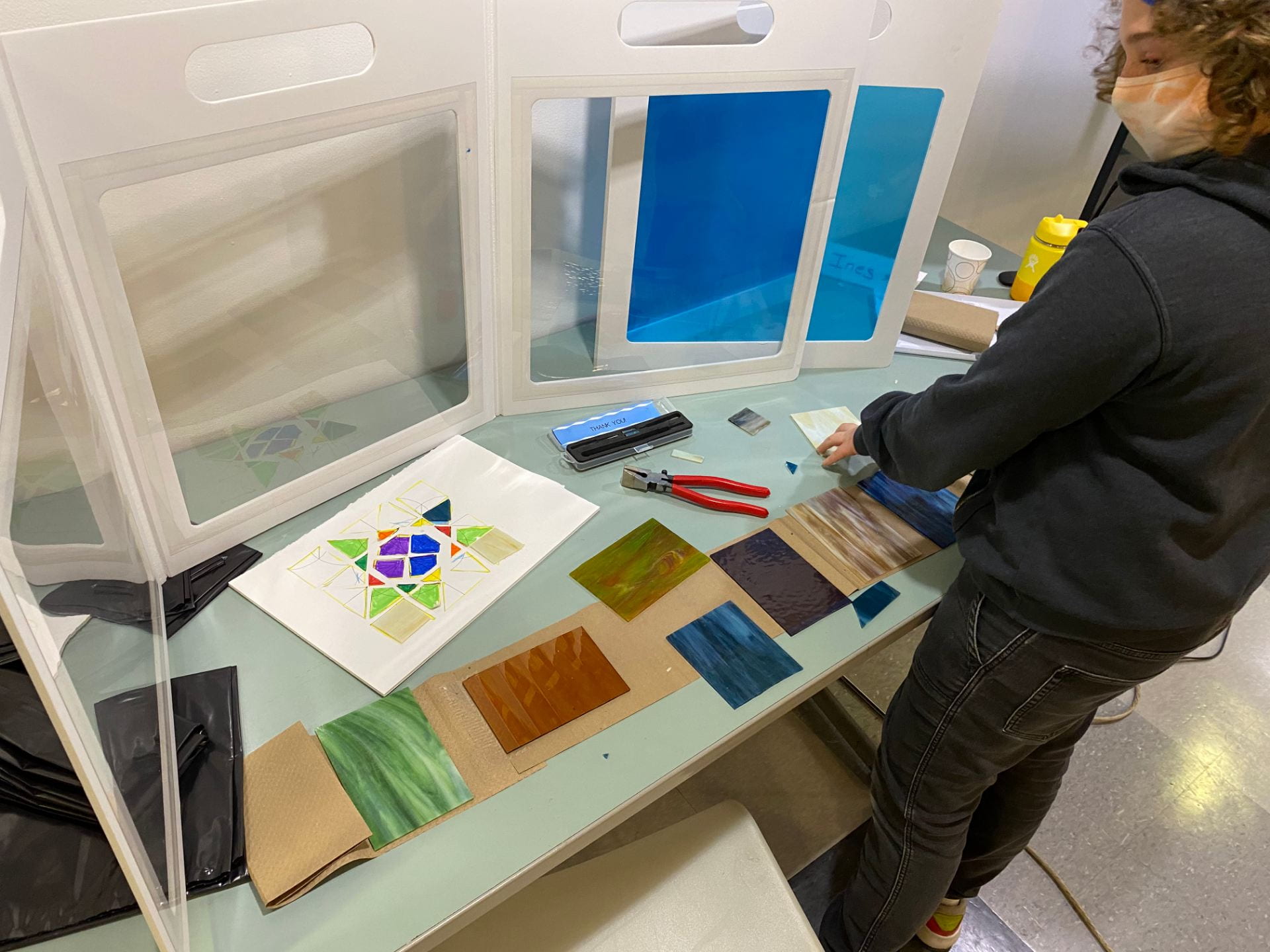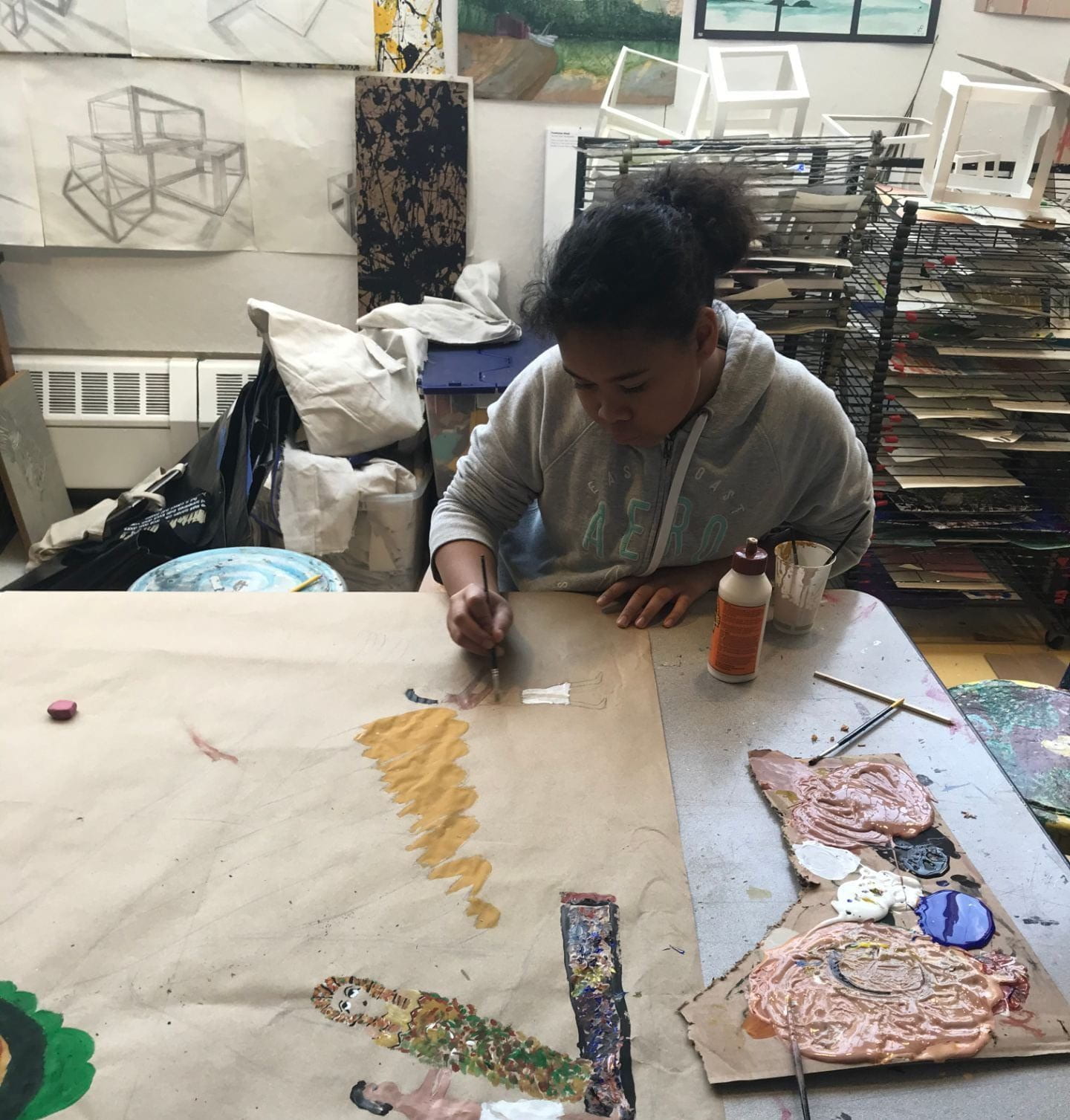My self-study has gone through a bit of an iterative process.
Early in the year I was convinced I wanted to do something to work with the idea of the “flow” state. It’s a word I’ve used with the kids in my class for several years now, and something I’ve experienced across several of my own areas of interest. I did some thinking on my own personal habits that help lead to that completely immersed feeling, specifically when I am doing something creative. It doesn’t happen every time I try to spend time with my own creative interests, and so I wanted to think about what is most helpful to myself and how that translates to the kind of environment I want to help create for kids to work in.
The trouble with this as a topic is that this is probably the worst year possible to try to do this in the context of a room, or even for myself at home. The limitations in school and the distractions and concerns at home meant that after thinking about this idea for quite a while I ended up feeling like it was a bit of a bust.
Simultaneously I had been working on something of a side project that was tied to curricular stuff but I was finding to be something that was personally inspiring. Over the summer I had attended a workshop called “Decolonizing your Curriculum.” As you can imagine, it was largely about looking at what I am teaching kids and the perspectives and voices that are represented. I realized that I had a lot of exploring to do if I wanted to even have the knowledge base to include a wider array of perspectives and voices to kids.
So I began reading, and thinking about project design. I think the benefit here is multifold. First, it makes a lot of sense for the growth of my teaching. That potential exposure to new artists is necessary for me to be able to consistently introduce new possible lines of exploration into the classroom, but also for me to make sure that I’m consistently providing every student with, as Rudine Sims Bishop puts it, mirrors (i.e.-opportunities to see aspects of themselves reflected in the art we study), windows (i.e.-opportunities to understand the “muticultural nature of the world they live in, and their place as a member of just one group, as well as their connections to all other humans.”), and sliding glass doors (i.e.-opportunities to step into and explore other perspectives).
That is something that has to continually grow and evolve in myself in order to continue to grow and evolve in the experience my art studio offers to the students. And so that’s the second part of why this is a substantive thing for me to explore. My own growth as a person and an artist can only be deepened by exploring new artists, new voices, new mirrors, windows and sliding glass doors for myself. As someone who has a deep appreciation for visual art and its ability to help us deeply engage with both our own individual selves and with culture, I know I benefit as a person from actively seeking out new artists that I had not previously known and from engaging with their work. It shows up in my habits, it shows up in my own work, and providing insight and growth in my teaching practice helping to further refine my own philosophy as a progressive teacher.






